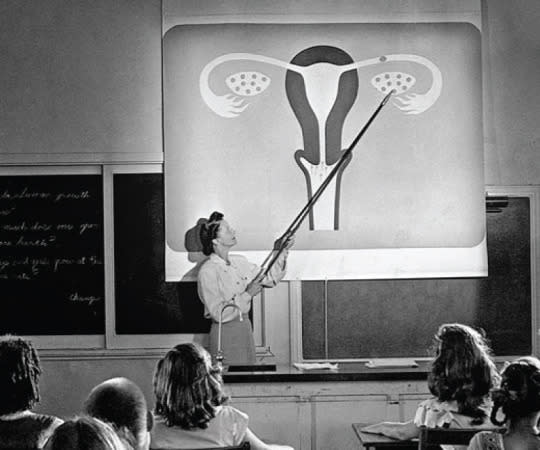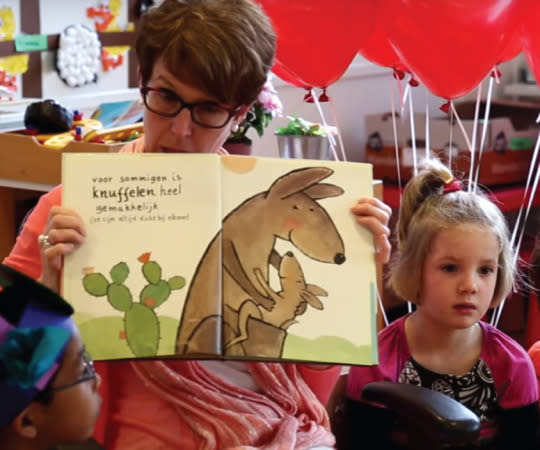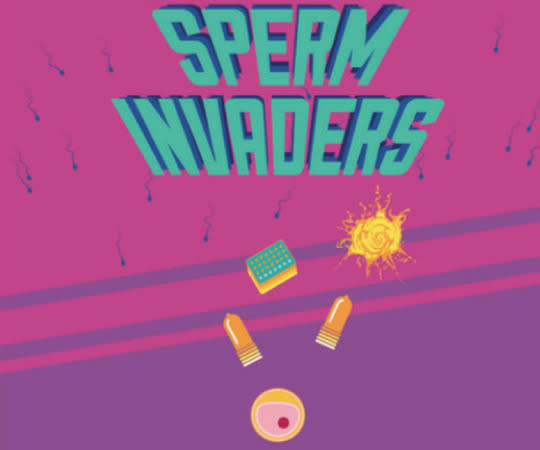What The Future of Sex Ed May Look Like in The U.S.

This article originally appeared on Fatherly:
If your memories of sex ed involve a gym teacher reassuring you that no one pees during sex or an out-of-her-depth science teacher blushing while explaining that boys don’t menstruate, your experience is probably typical for your generation. Things haven’t exactly gotten more progressive since then. The federal government now spends $75 million a year promoting abstinence to kids, and fewer than half of the 50 States require any sort of sex ed be taught in public school. Meanwhile, every sex act known to man is three screens away on your kid’s phone.
Nicole Cushman is the executive director of Answer, a national organization promoting and providing “unfettered access to sexuality education for young people and the adults who teach them.” She has a solid grasp of the state of sex ed in this country, what they’re doing right elsewhere, and what an effective sex ed program in your kid’s school may look like in the future.
The bad news? Your kid is going to ask some pretty pointed questions a lot earlier than you might think. The good news? They’ll grow into sexually healthy, mature young adults who don’t bring STDs, cops, or babies home before college.
‘Sex Ed’ Will Start When 'Ed’ Starts

Europeans take a different approach with sex and kids than we do. Cushman’s a big advocate for models like the ones in place in the Netherlands, Germany, and France: comprehensive, age-appropriate information integrated into the school curriculum at every grade level.
“This doesn’t mean we’re teaching kindergarteners about sex,” she says — but it does mean we’re preparing kindergartners to learn about it. “We’re teaching them about their bodies, appropriate physical contact, and interpersonal relationships.”
This gives young kids a physical and emotional vocabulary that they can use as their understanding of physical and emotional relationships develops. “You provide them with tools for talking about what it means to be a friend; in middle school, you talk to them about how the same principles of respect and trust and communication apply to romantic relationships. And then when they get to high school, they are really ready to talk about sex and safety.”
Sex Ed Will Be About More Than Pregnancy And STD Prevention

More often than not in the U.S., sex ed isn’t meaningfully touched in until high school, at which point it’s a lot of information on what can go wrong if kids delegate common sense to their crotches. “But if the groundwork hasn’t been laid, it may be too little too late,” says Cushman.
A holistic approach to sex ed doesn’t just start much earlier, it covers a much broader spectrum of topics. Learning to avoid pregnancy and STDs is hugely important for kids, but so is consent education. “We need to talk, not only about how to say 'No,’ but also about how to hear 'No,’” she says.
The other problem with such slavish devotion to keeping kids from getting knocked up is that it alienates the one-in-10 kids who identify as LGBT and who aren’t necessarily at risk of pregnancy but are plenty at risk of making dumb, hormone-driven decisions.
Sex Ed Will Be More Data Driven

The anecdotes about European sex ed programs aren’t just to rally liberals; Cushman references them because they work. Teen pregnancy and STD rates (that stuff U.S. curriculums are so obsessed with) are lower in many European countries; the age at which kids first have sex is higher; and, overall, kids in those countries report more positive early sexual experiences. Meanwhile, teen pregnancy is at an all-time low in the U.S. but it’s still 5 times higher than in the Netherlands, and 66 percent of sexually active teens in the U.S. say they wish they’d waited longer to have sex for the first time.
Cushman points out that, since 2010, the Obama Administration has given grants for evidence-based approach to sex ed. Answer is at the forefront of developing and implementing those kinds of curricula, but the country is years if not decades away from thinking about sex the way it currently thinks about football.
Sex Ed Will Acknowledge The Porn Monster

A whopping 92 percent of boys and 62 percent of girls will encounter online porn during their early teen years; meanwhile, most sex ed curricula treats pornography as if it only exists on sticky pages under the mattresses of older brothers.
“It’s really crucial that parents and educators get the skills to help them break down and understand what they’re seeing online,” Cushman says. “We have to explain to them that, like other kinds of entertainment, pornography is a fiction — a fantasy — that it’s not real. We need to point out what is unhealthy about these depictions, and how dramatically they differ from real relationships.”
The sooner your kid understands porn as artifice, the sooner it will lose its power to influence what they think sex should look like, and the sooner they’ll recognize most of it for what it is.
So, That’s The Future — Here’s What You Can Do Now

“We know from research that young people who have parents who talk to them about sex and sexuality have better outcomes — fewer teen pregnancies and STDs — than those who don’t,” says Cushman. Her biggest piece of advice for fathers is to not fall into the cliche of bumbling, awkward dad who gets halfway into an explanation of how sex works before stammering, “Go ask your mother.” She points out that some of Answer’s data suggests that cliche is receding and fathers as a rule are engaging with kids about sex and sexuality nearly as frequently as mothers.
In other words, parents who aren’t talking to their kids about sex should start now — no matter how uncomfortable it makes them.
More stories from Fatherly:
Playboy’s Chief Content Officer On Talking To Kids About Porn
Everything You Need To Know About Parenting In 14 George Carlin Quotes